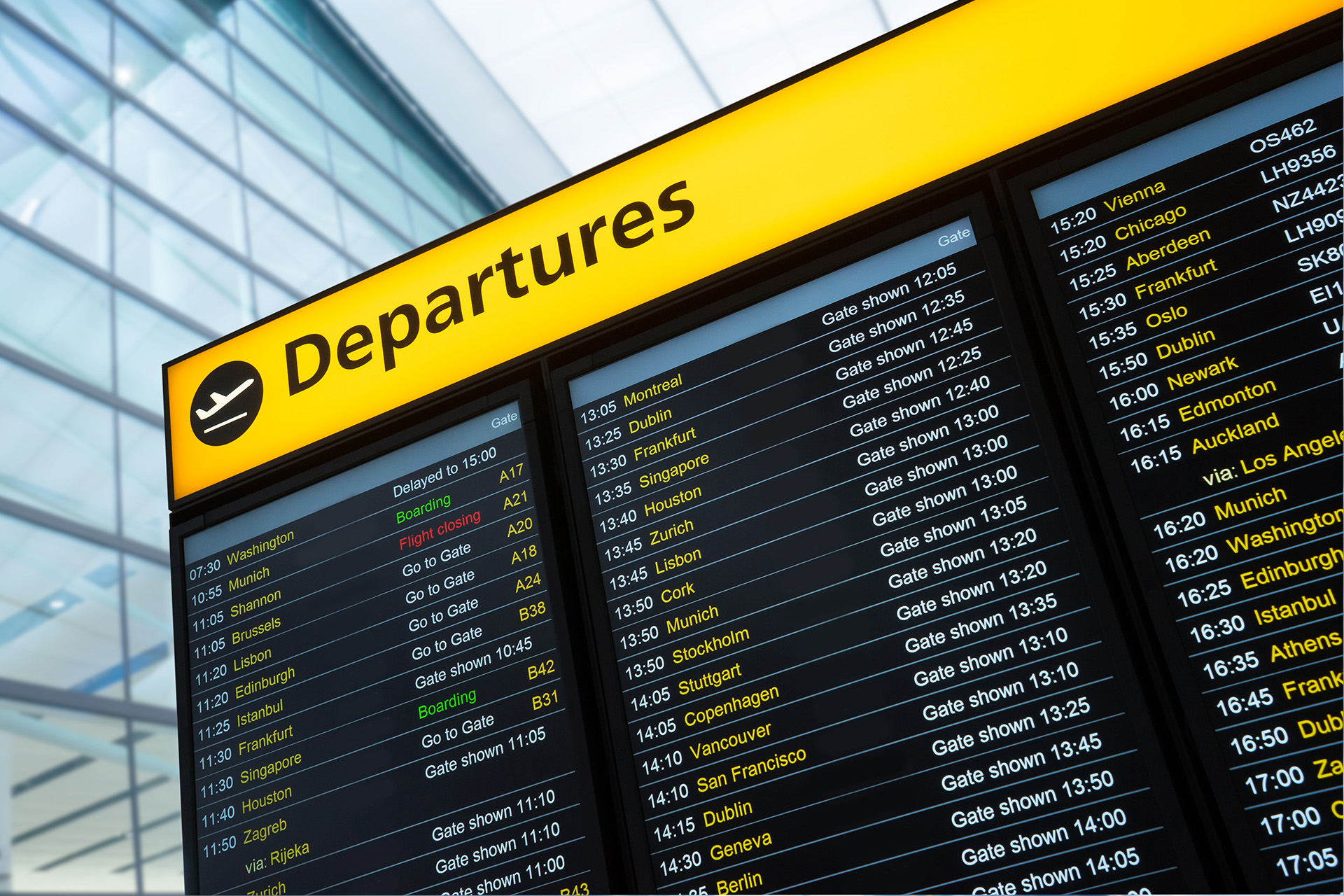Ensuring high quality
Each interview is completed face-to-face and the Interviewers enter the responses into a database using dedicated software on a tablet during the interview. There are a number of validations processes that are undertaken to ensure that the data collected is as clean as possible. These processes are outlined below.
The processes of validation of the Passenger Survey Database are undertaken at four stages.
- Validations at Input
- Flags
- Validations post Input
- Quality Control
Validation at data entry
The first stage of validation occurs at the when the Interviewer inputs the responses into the survey database.
Firstly, the Interviewer will assesses each response on the questionnaire to determine that the information being recorded makes sense. If not the Interviewer will probe the response with the passenger.
Secondly, the Input software has a range of validations that trap coding and interviewing errors on many of the questions. Some examples of these validations are listed below.
- Reference validations: Only responses that are selected from a reference table are permitted
- Range validations: Only responses that fall within a valid range are permitted
- Character validations: Only responses of a certain character type (e.g. numbers or letters) are permitted
Flags
If an Interviewer is unable to input a response because a particular code is not on the relevant reference table or if they have a specific query with that response then they are able to "flag" that question. This involves inputting a temporary code that is then subsequently revised.
Each flag is assessed and temporary codes are replaced with the correct code. Where necessary, new codes are added to reference tables.
Validation post input
The Survey database is also subject to a series of validation checks prior to the weighting process to ensure the integrity of various aspects of the data. This is an ongoing process throughout the year minimising the number of records which have to be discarded as a result of missing, incorrect or ambiguous data.
Manual adjustments may be necessary in order to enable the weighting process to run correctly – for example, harmonisation of codeshare flight numbers.
Quality control
In addition to the above measures, the data is subject to ongoing Quality Control inspections to ensure the integrity is the highest possible. This covers all aspects of the data, including the final weights calculated.

